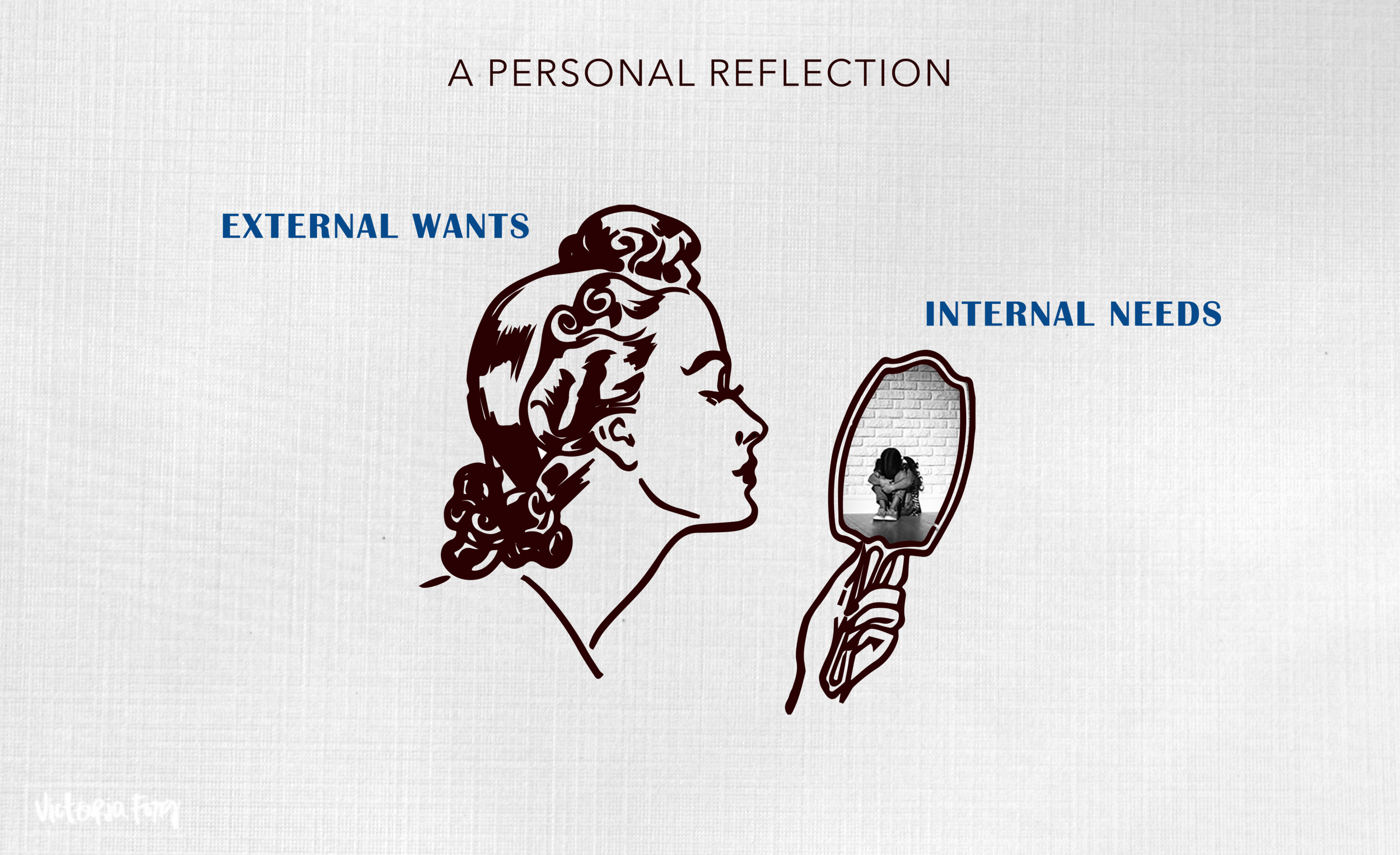Pick Natural Headquarters in San Francisco, California
Picking Natural
For an experience that was a complementary mix of fashion, technical design, and environmentalism, I worked at a sustainable textile company in San Francisco. It turned out to be a great experience for not only learning all about the industry of organic textile development, I also met a bunch of sustainable designers in the process. Yet, the scientist in me loved learning about technical side of textile development: all the different types of fibers that are available (ie. regenerated fibers from certified raw materials which are non-GMO, from post-consumer waste! ), the different types of fabrics (i.e. hemp fleece, cotton poplin, yak cashmere knit, etc.), and the entire organic production process. The founder, Dawn Pickering (Chinese native married to an American), founded the company some 10+ years ago, so she was pretty much a stretch ahead of the curve in terms of the development of the sustainable fashion industry. In her early 30’s, she even traveled to China to set up a farm specifically for hemp cultivation and hemp textile manufacturing, all with proper Organic certification. Since then, she has created over 200 unique products ranging from organic cotton and hemp silks to even recycled soy-waste knits (which seemed to be very popular among the yogis).
Notes on the organic textile production process in China (2014).
the production process
This is a sketch pulled from one of my notebooks that I kept during my time at the textile company. I was thinking of recreating this into a digital format, but I kind of like the rough sketch — it just a reminder of simpler times when I just started exploring all possibilities of sustainable fashion as a (temporarily?) retired lab-rat. Here we have the supply chain for organic agriculture for textile production — most of it is done in the northeast regions of China since that’s where most of the flat, non-polluted areas of land are (most of the industrial factories are located in Southern China, hence the higher rates of pollution).
Farmers harvesting flax plants for retting. ph. by Dawn Pickering.
MANUAL ORGANIC
It was surprising to find out that most of the harvesting process is done manually to maintain the structure of the fiber — longer fibers lend to the strength of fabrics. The plants also are put through a retting process that allows for a natural decompensation for added flexibility. Here is a photo of one of the company's farms in China during harvest season — I believe these involve linen production from the flax plant.
Separately packaged organic fibers to prevent cross-contamination with other non-organic materials. ph. by Dawn Pickering.
NO CONTAMINATION
All stages through the supply chain must be established to ensure that organic and conventional fibers are not commingled and that organic fibers and GOTS Goods are not contaminated by contact with prohibited substances. All organic raw materials must be clearly labeled and identified as such at all stages of the supply chain to prevent cross-contamination with any prohibited materials (i.e. pesticides and herbicides; GMO particulates; unqualified sizing and bleaching agents, etc.).
Final processing stage for soy viscose fabric in natural. ph. by Dawn Pickering.
The web with a weaver
Here we have an individual batch of fabric going through one of the final treatment stages. This fabric here actually soy fabric, which is made through a similar biochemical process as any viscose fabric, which is a semi-synthetic fabric made from reconstituted cellulose from plants, which is similar to rayon (a synthetic fiber). Viscose production however was designed to be less a wasteful process, which involves the use of less harsh chemicals (like caustic soda, what’s used in soap making) to breakdown the complex chains of cellulose so that it can be extruded into a nozzle to form the individual fibers, and 75-90% of the chemicals and water can be recycled.
Bolts of remnants at Pick Natural headquarters in San Francisco, CA. ph by me.
The REMNANTS
The founder was so cleverly conservative that she makes sure she sold every piece down to the final yard and this is required very meticulous manual accounting (considering that each batch was prepared on a bolt of fabric with 200+ yards). I’ll probably create another post describing all the different properties of the fibers and fabrics that are available, but in the meantime, here is a collection of possibilities for sustainably colorful accouterments.




